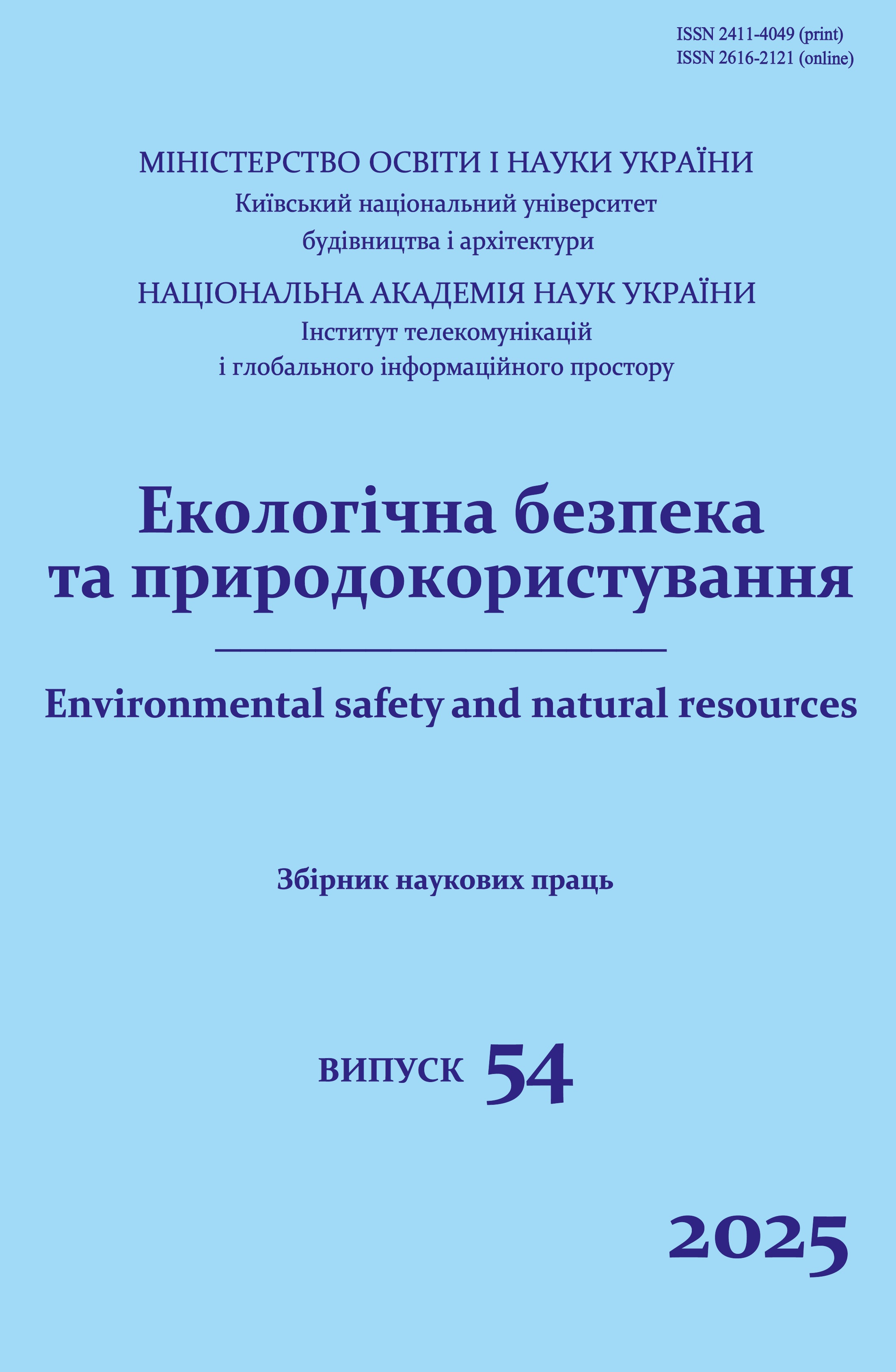Optimization of the collection system for waste batteries
DOI:
https://doi.org/10.32347/2411-4049.2025.2.23-33Keywords:
waste batteries, collection, environmental protection, waste management, optimizationAbstract
Currently, developing countries like China or Ukraine lack effective waste batteries collection. The purpose of this study is to analyse the waste battery collection systems in developed countries and suggest the improvements for the waste battery collection systems in developing countries. Relevant literature on waste batteries management through academic databases, government reports, and industry research channels was analysed. Several developed countries were selected as case studies for in-depth comparative analysis, focusing on the current situation of waste battery collection, including management policies, market size, technological level, etc.
The differences in waste battery collection models between developing and developed countries have been compared. By analysing successful cases, some best practices were summarized and used for improving the collection of waste batteries in developing countries.
The advices for waste batteries collection system in China have been suggested (including collection points, logistics, etc.) in order to provide reference for the standardization and revision of waste batteries collection in China. The recommendations on separate collection of different types of waste batteries were also developed. This has great practical significance since can help developing countries to achieve waste management goals.
The scientific novelty of this study is that waste batteries collection system has been optimised based on the suggestions for developing countries, while providing efficient waste management. Through a sound pricing strategy and a reasonable logistics system, the collection system for waste batteries has been standardized, facilitating macro level management at the national level, avoiding environmental pollution, and increasing user enthusiasm.
As a next step, the development of relevant recommendations for local authorities and business can be suggested.
References
Wasay, S.A., Parker, W.J. & Van Geel, P.J. (2001). Contamination of a calcareous soil by battery industry wastes. l. Characterization. Canadian Journal of Civil Engineering, 28, 341–348.
Li, J., Xu, H., Li, J., Chen, X., Zhang, Y., Liu, W., Li, W., Han, C., An, S., Wang, S. & Qiu, X. (2023). Construction of Inorganic-Rich Cathode Electrolyte Interphase on Co-Free Cathodes. ACS Applied Materials & Interfaces, 15(22), 26627–26636.
Sun Mingxing. Research on the Recycling Path and Management System of Waste Batteries in China. Master's thesis, Shandong University, 2016.
US-EPA (United States Environmental Protection Agency) (2012) Guidelines for Water Reuse. EPA/600/R-12/004, USEPA Office of Wastewater Management, Washington, United States. Available at: http://nepis.epa.gov/Adobe/PDF/P100FS7K.pdf
Sun, C., Zhao, B., Cui, R. D., Mao, J., Dai, K. H., Chen, H. Z., Zhang, X. & Zheng, J. C. (2023). In Situ-Constructed Multifunctional Interface for High-Voltage 4.6 V LiCoO2. ACS Applied Materials & Interfaces, 15(18), 21982-21993.
Cooper, A., Reimann, R., Cronin, D., & Noessel, C. (2014). About face: the essentials of interaction design. John Wiley & Sons.
Qi, Y. (2022). Realizing the Healthy Development of Jiangsu Power Battery Recycling Industry. Weishi, 7, 32–33. (in Chinese)
Dong, Q., Tan, Q., Hao, S. (2020). Analysis of the Recycling Model and Economic Efficiency of New Energy Vehicle Power Batteries in Beijing. Science and Technology Management Research, 40(20), 219–225.
Unger, R., & Chandler, C. (2023). A Project Guide to UX Design: For user experience designers in the field or in the making. New Riders.
Downloads
Published
How to Cite
Issue
Section
License
Copyright (c) 2025 Xiaodong Sun, Vitalii Ishchenko

This work is licensed under a Creative Commons Attribution 4.0 International License.
The journal «Environmental safety and natural resources» works under Creative Commons Attribution 4.0 International (CC BY 4.0).
The licensing policy is compatible with the overwhelming majority of open access and archiving policies.

